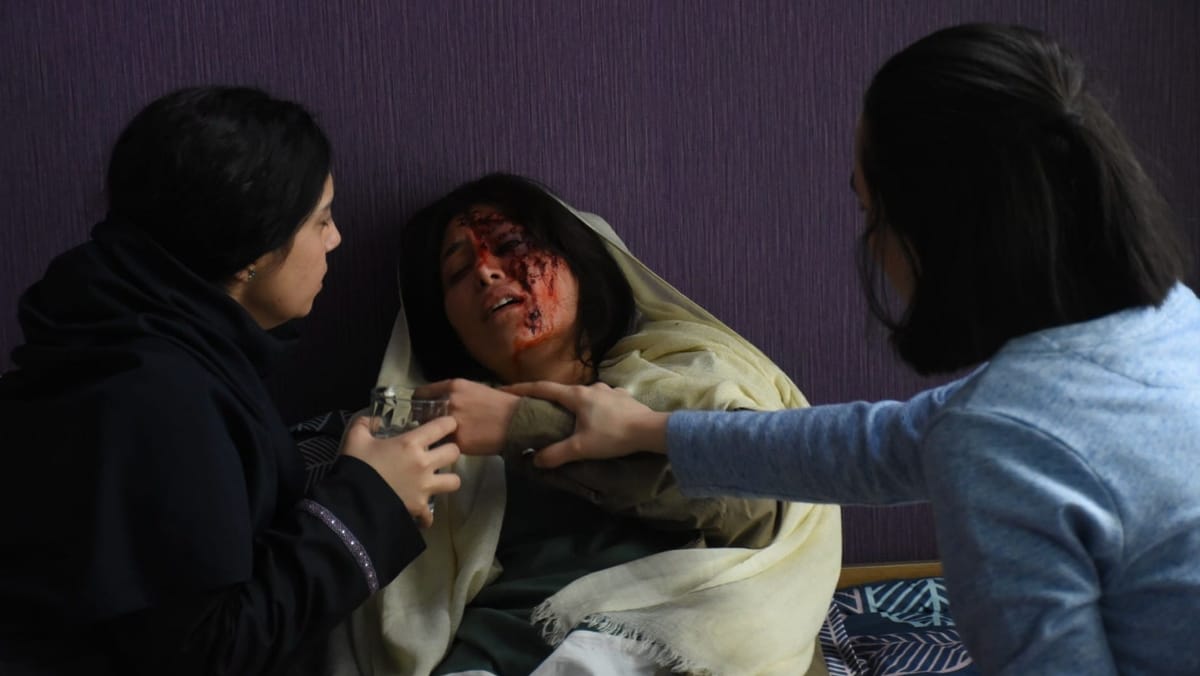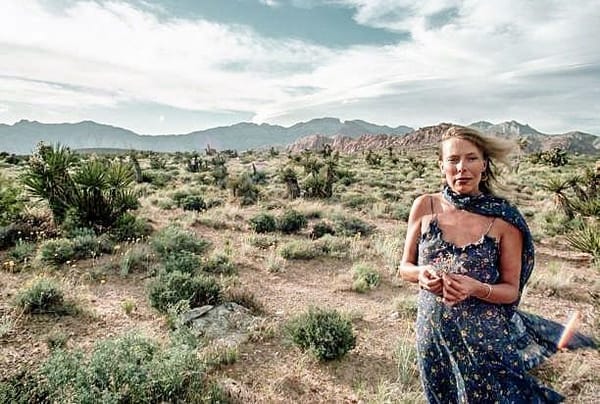The Seed of the Sacred Fig
The film laboriously builds to a dramatically satisfying conclusion, but it’s the handheld footage of teenage girls boldly standing up to revolutionary guards that stays with you.

Directed by Mohammad Rasoulof
Starring Mahsa Rostami, Setareh Maleki, Niousha Akhshi
Opens 7 February 2025
8/10
This month’s second story of the intimate havoc wreaked by repressive regimes brings us right up to date. The Seed of the Sacred Fig was filmed in secret in Iran at the start of 2024 while Rasoulof was appealing against his latest prison sentence and the footage was smuggled to Germany for editing. The final film incorporates actual iPhone footage of female students protesting against enforcement of compulsory hijabs.
On the face of it Iman and Najmeh are a well-to-do middle class couple in Tehran with a two bright and funny teenage daughters. Iman has been rewarded with a promotion at work and Najmeh has her eye on a larger home and maybe even a dishwasher. But the promotion is for the role of investigator in Iran’s hated Revolutionary Court - a job that recently become much busier on account of the number of protesters the government is arresting every day. On his first day, he’s entrusted with a Beretta 92 for his and family’s safety. The handgun looms as ominously over the rest of the film as a rifle in a Chekhov play.
The daughters Rezva and Sana are as plugged into the worlds of Instagram and Snapchat as any western teens, following daily updates on the student protests as assiduously as they follow make up trends. But they become directly involved when one of their friends is shot by government guards. The scene where Namjeh delicately removes buckshot, piece by piece, from the girl’s bloodied face, even as she attempts to defend the government’s actions and her husband’s own work, cuts to the film’s bitter core.
From a vivid almost documentary first half, the film takes a turn into more familiar genre tropes. Iman mysteriously loses his pistol and spirals into paranoid panic, eventually fleeing with his family back to his childhood home where he attempts to impose his own version of martial law. The film laboriously builds to a dramatically satisfying conclusion, but it’s the handheld footage of teenage girls boldly standing up to revolutionary guards that stays with you.




